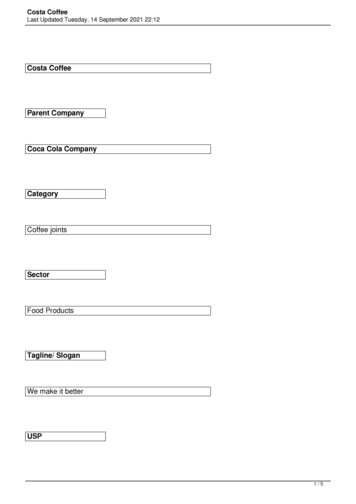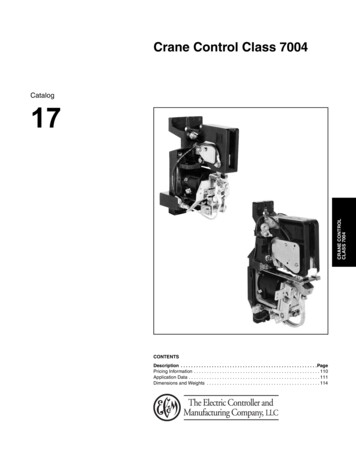
Transcription
1
Moderator2
3
4
So let’s start with the very familiar CDC evaluation framework. When we consider theprocess of evaluation, considering the need for dissemination becomes critical in step6, which is where we seek to ensure use and share lessons learned.5
First things first what is a dissemination planA dissemination plan is a plan for disseminating research findings or products to thosewho will use the information in practice and is something that you should be thinkingabout early on. It is what will help you get the message out whether it is results ofresearch or a successful intervention.6
There are a few things to consider:Materials are the items you want to be disseminated. This could be areport or materials created to support the report. In some instances youmay need to create more materials for dissemination. For example, aDear Colleague Letter to send to partners, new landing page for multipleproducts, or social media messages.Your audience is who you see as wanting/needing to receive theinformation.It’s important to understand and narrow down the audience.The more targeted your audience the better you are able to craftmessages that mean something to them.Also important to think about the places, or channels, whereyour audience gets there information and disseminatethere. Meet them where they are.7
Dissemination and Communication :Next is who you see as being helpful in spreading the message about yourmaterials. These are your dissemination partners.They can be individuals, organizations or networks. You need to consider howto craft the messages you will be disseminating to based on all of theabove. This may mean separate plans for different audiences.8
Here is a sample plan where you can see we have laid out some of these elements.Alberta will go into more detail later in the presenation.9
Lastly, evaluation should always be a consideration when dissemination planning.Basically--How many people did it reach and did it reach the audiences you intended.Some tools for doing this is include: Using web analytics: this can be looking at number of product downloads likeyou see here—better if you can see the dates downloaded to compare towhen you sent dissemination messages. Talk to partners about who they disseminated too and how many If using social media look at metrics like shares, likes and retweets but alsoWHO is retweeting you. Can help you see if you are reaching your intendedaudience. Now I am going to turn it back over to Alberta to go over a specific CDCdissemination example.10
11
I admit, previously it was common practice for us to produce a lengthy final evaluationreport that you’d think twice about reading. And it definitely wasn’t in an easilydigestible format for practitioners or decision makers. We wanted to do better andmake our work more accessible and user-oriented.12
Today, I’d like to use an CDC example of how we started to shift our thinking in termsof dissemination. We conducted a 30-month rigorous evaluation of the St. Johnsbury,VT Community Health Team Model, which addressed multiple areas that were of neatlyaligned to a few of our Center’s priorities, such as CHWs, CCLs, social determinants ofhealth, quality of life, and health disparities. To add there were many aspects of thisprogram that challenged us to consider the various audiences, or users of informationfrom the evaluation findings, and what information that they’d be most interested inlearning about. This helped to facilitate our efforts to ensure effective dissemination.13
Earlier in the presentation, Lauren provided a sample template of one way you mightconsider organizing your dissemination plan. On this slide, you’ll find a portion of ourplan and we applied this plan to the CHW evaluation. We wanted to share thesefindings broadly with public health practitioners. Multiple opportunities motivated usto create this dissemination plan to manage the different products. Two examples ofhow we categorized our work was through presentations and written products. Youmight even consider adding a category for social media, if that is part of yourdissemination plan.I’d like to call your attention primarily to the column headings, which helped us to bestrategic in our dissemination efforts. For example, we had to consider which audienceneeded what type of information and determine the best format for sharing thatinformation.Having a plan will also serve as a useful tool for tracking and modifying futuredissemination efforts.14
So how did our shift in re-thinking our dissemination efforts translate? Well, we wentfrom our traditional form of reporting (see image on left side of slide) to now reinventing our work in a manner that was reader-friendly and much more engaging (seeimages on right side). For example, we prepared a “field note” which was a short factsheet that described the CHW program that we were evaluating. This gave us anopportunity to not only focus on the evaluation findings, but to also highlight theprogram that we were evaluating. And we can’t say that we got away from lengthydocuments entirely, because we also created an implementation guide. However, whenwe designed this guide, we wanted it to serve as a tool that public health practitionerscould use and adapt to their setting.I also want to take a moment to note that these products were not created in theabsence of a full-length comprehensive report, but rather inspired by such a report. Itwas especially beneficial to be able to link these products back to the lengthier report,which contains the detail that in many cases people appreciate or even expect from arigorous evaluation.15
We successfully carried out all activities in our dissemination plan. We hear examplesof how the evaluation findings are being used and their uptake. These findingsinformed the development of an FOA and supplementary guidance on CHWs, and are aTA resource for grantees.We also found that having these shorter reports or evaluation products allowed forinformation to be shared more quickly rather than having to be available at the end ofthe evaluation process.16
We have also become increasingly sensitive to the idea that dissemination continueswell beyond the development of dissemination products. We are continually exploringopportunities to meet needs for information using what we’ve gathered from theevaluation and reminder internal and external partners of the resources that exist, sothat they remain accessible and relevant.17
As our evaluation team has transitioned from gathering evidence to translating theevidence, there’s also been a responsibility to ensure that the information is accessibleand communicated in a manner that can be applied by the user. This brings us back tothe CDC Evaluation Framework where we not only share lessons, but seek to ensure itsuse.18
Through this evaluation we identified ways to enhance our dissemination efforts,ensure use, and ultimately make a better contribution to public health practice. Asfundamental as it sounds, it’s imperative that you develop a plan that will help chartthe course of your efforts, allow you to strategically consider your audience andidentify key partners. Lastly it’s important to assess your efforts and modify or recyclethe information to ensure that you’ve accomplished effective dissemination.19
This short list provides you with resources that can be referenced after thispresentation, as this was by no means a “how-to” presentation, but more soan “overview” presentation.20
21
22
23
findings broadly with public health practitioners. Multiple opportunities motivated us to create this dissemination plan to manage the different products. Two examples of how we categorized our work was through presentations and written products. You might even consider adding a category for social media, if that is part of your dissemination plan.

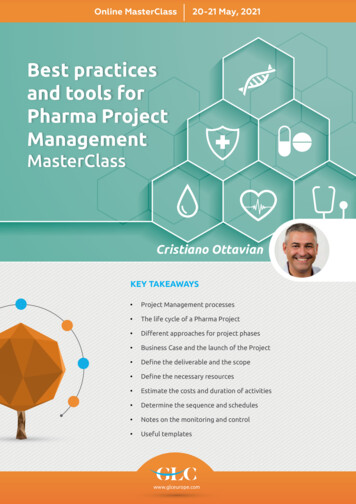
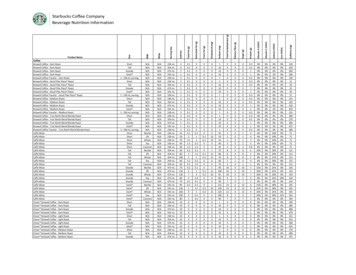
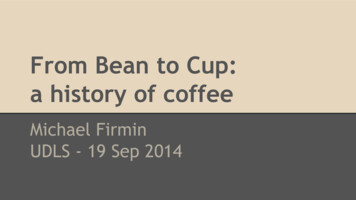
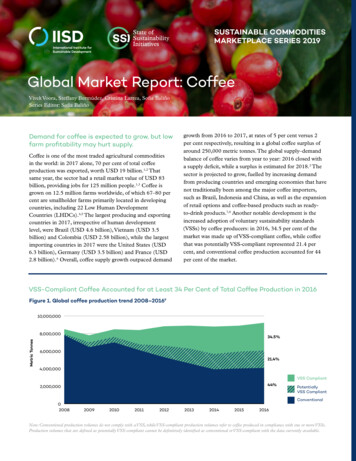


![[Ringle Material] 3rd wave coffee (Philz Coffee and Blue .](/img/22/2592b1ca.jpg)

